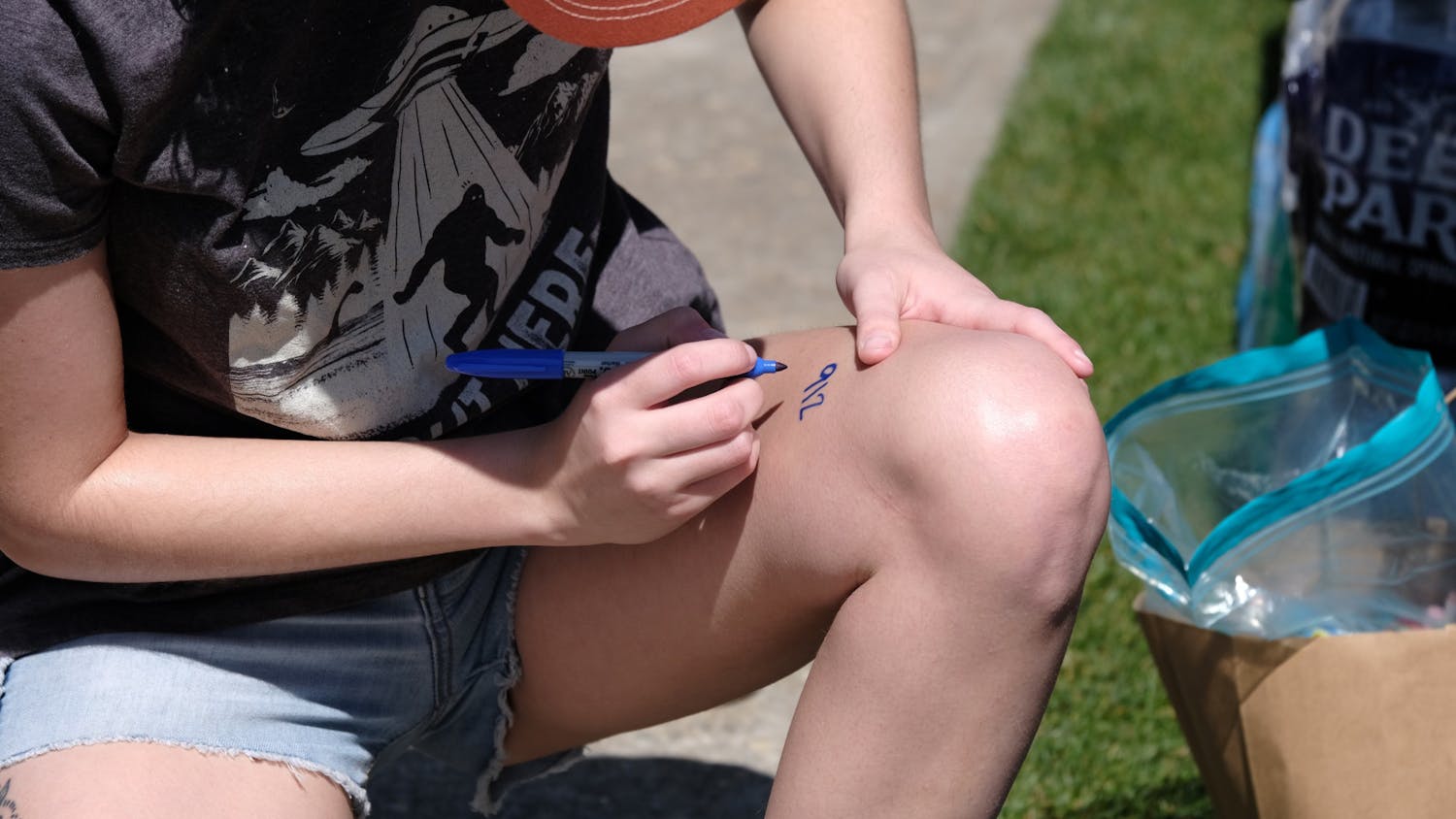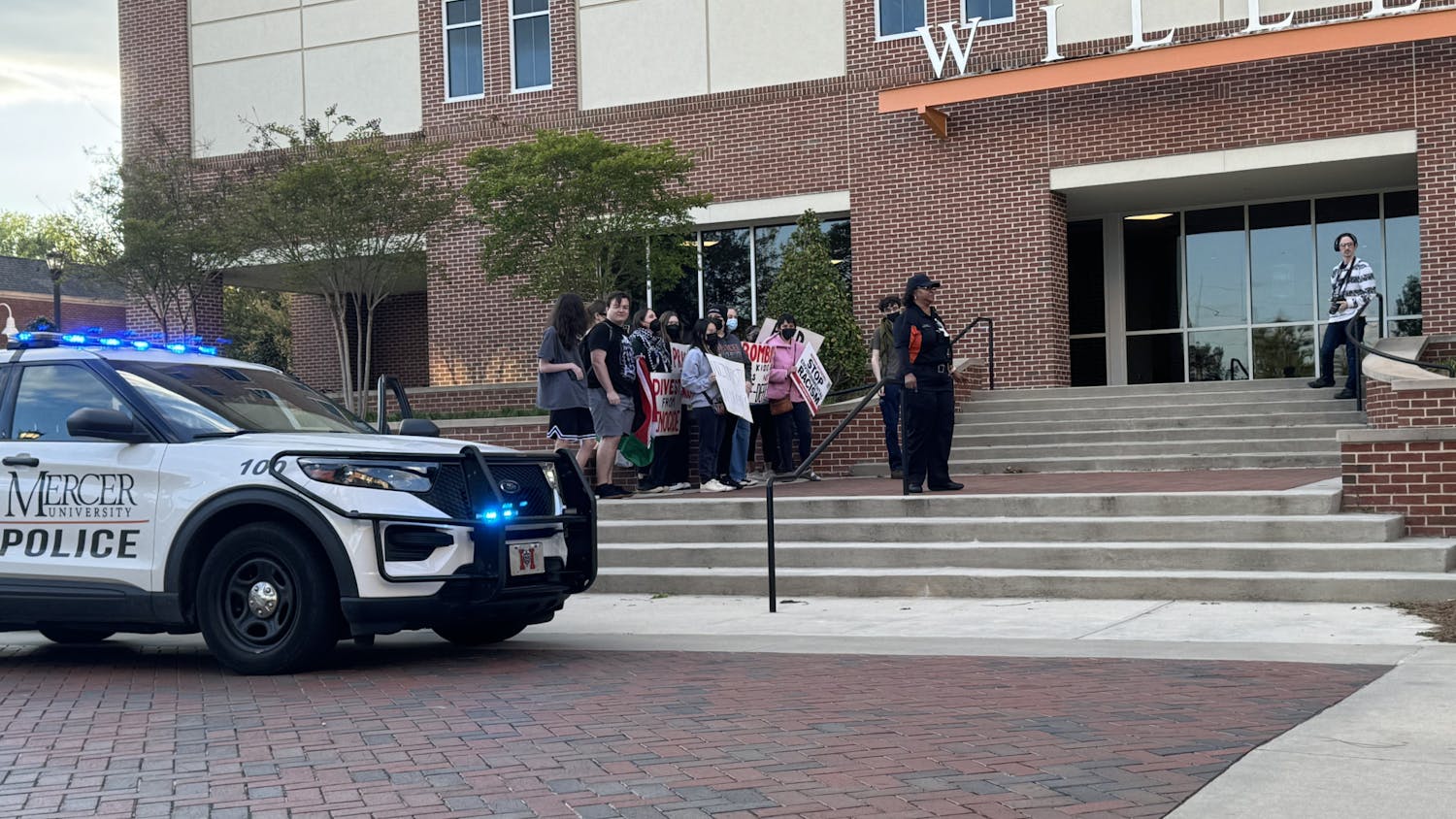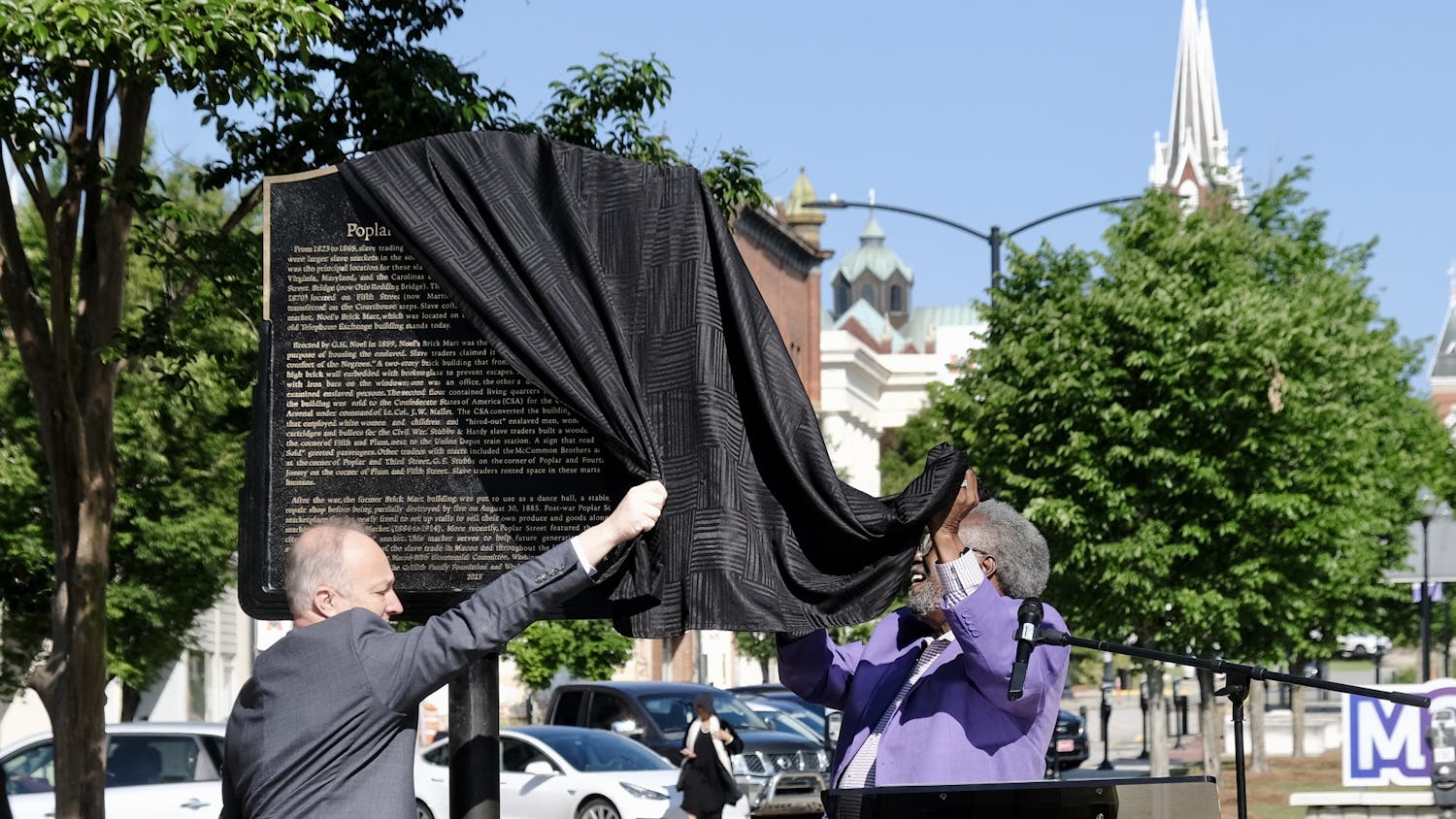Seven Mercer University cultural archeology students traveled to Roanoke Island, N.C. and uncovered possible evidence that could be connected to Sir Walter Raleigh’s Lost Colony.
The students went for fall break, Oct. 6-13, to research and work on an archeological excavation of the Lost Colony.
Dr. Eric Klingelhofer, professor and chair of the History Department, who is also the Vice President of Research for the First Colony Foundation, led the class in their work.
The class worked to discover clues by digging firsthand, in order to aid in the explanation of the lost colony that vanished from the island more than 400 years ago.
Roanoke Island was the location of the first English colony. The settlement was established in 1585 by military colonists, who were eventually replaced by a civilian group in 1587.
In 1590, a ship landed on the island and found it to be deserted. The fate of the colonists remains a mystery.
This is the third year that Dr. Klingelhofer has taken the Cultural Archeology class to the site. However, this year’s class unveiled the most beneficial clues yet.
While on site, the students worked on various different projects, some in assistance of the Festival Park. They aided the rangers in marking and lining the ground where previous excavations had found traces of buildings. These areas will be reconstructed and marked for public viewing.
While on site, the students worked on various projects. They aided the park rangers in marking and lining the ground where previous excavations had found traces of buildings. These areas will be reconstructed and marked for public viewing.
The class also tested the site inland for archeological evidence. This area had never before been tested.
Junior Joshua Whitfield explained that in his working area, they found many shards of Native American pottery, some of which that contained patterned markings on the outside, indicating decoration.
In another testing pit, students dug through ancient soil dating back to the 16th century and light traces of charcoal. “Most importantly we found probably an inch and a half long of what we think is an iron nail that we found in this desired soil level,” said senior Aidan Kirkpatrick. “We think that it’s European-made, not Native American, which could be tied back in theory, to the Roanoke colonists.” The discovery is currently being tested along with the other discoveries.
In the final pit, students unveiled small pieces of pottery, charcoal, burnt animal bone and remnants of a burnt out tree, which suggests the location was “not a casual occupation,” according to Dr. Klingelhofer.
Dr. Klingelhofer is hoping the clues may lead to where the Indian village was located, where Sir Walter Raleigh’s men were welcomed to negotiate and exchange gifts.
“The great mystery of the island is that we have found some traces of the English occupation, the Elizabethan occupation, but very little. These students might have found a clue to it, and that was so interesting because what we found is a lot of Indian activity, and we think it’s of the right period,” said Dr. Klingelhofer.
In addition to their archeological excavation, the class also had the opportunity to attend a symposium about the history and discoveries of the Lost Colony.
“What was most interesting and what I learned in general is just how meticulous the methods are when you go about excavating a site,” explained Kirkpatrick. “Sometimes you end up with nothing and sometimes you find really interesting things when you wouldn’t expect to find anything. It’s really more of an adventure, which is what I like about archeology.”




